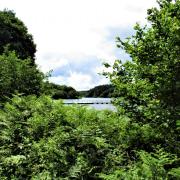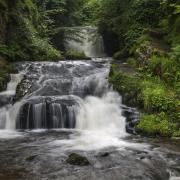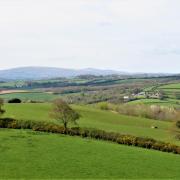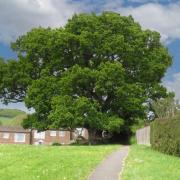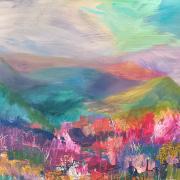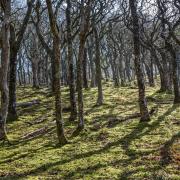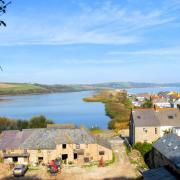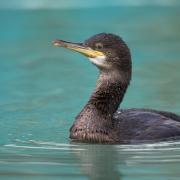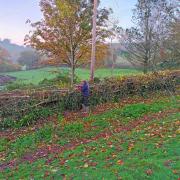Photographer David Chapman tells us about some of the wildlife to spot this month and discovers the county’s home for an endangered species
What to spot

FIELDFARE
Last month I featured the redwing, this month it is the turn of our other winter thrush, the fieldfare. This is a large thrush, about the size of a mistle thrush, which spends most of its time in flocks feeding on berries in hedgerows. But if we have a cold snap, fieldfares will come into gardens to feed on windfall apples and then they become much more confiding and will often fight amongst themselves for the best apples. This is when we can truly appreciate what a stunning bird this is.

GOOSE BARNACLES
If we have a winter storm it is well worth getting down to a beach to see what has been washed ashore. We can find some quite interesting things that should be well out to sea. Goose barnacles are fascinating creatures. When they are at their earliest stages they attach themselves to floating objects such as pieces of timber and discarded buoys and then they float through the oceans of the world siphoning the water for tiny prey. Without any control over direction they can get washed ashore and sadly that is the end of their journey.

MISTLETOE
There are about 1,500 different species of mistletoe found in different parts of the world, but only one in Devon. It is semi-parasitic because although it does create some of its own sugars using chlorophyll, it also takes some water and minerals from its host plant. Our mistletoe grows on many different trees, most commonly apple and poplar, and its berries are eaten by a variety of birds including the mistle thrush, whose scientific name, Turdus viscivorus, literally means the thrush that eats mistletoe.
Where to go

ESCOT
We don’t have wild red squirrels in Devon but there is a place where we can come face to face with no bars between us. Wildwood Devon, based on the Escot estate near Ottery St Mary, is a great place to visit to see red squirrels up close and personal. Part of Wildwood Trust, a charity dedicated to conserving and protecting British wildlife, Wildwood Devon provides a walk-through enclosure with huge trees where the squirrels will literally run right past your feet.
The idea of this enclosure is to raise awareness of the plight of red squirrels and to breed the animals for reintroduction back into the UK. But Wildwood is more than just a place to see the squirrels, there are other animals including brown bears, wolves, lynx, otters, arctic foxes and wildcats. There are also plenty of activities for children making this a great place to bring the family.

devon.wildwoodtrust.org
To see more of David’s photography go to davidchapman.org.uk





